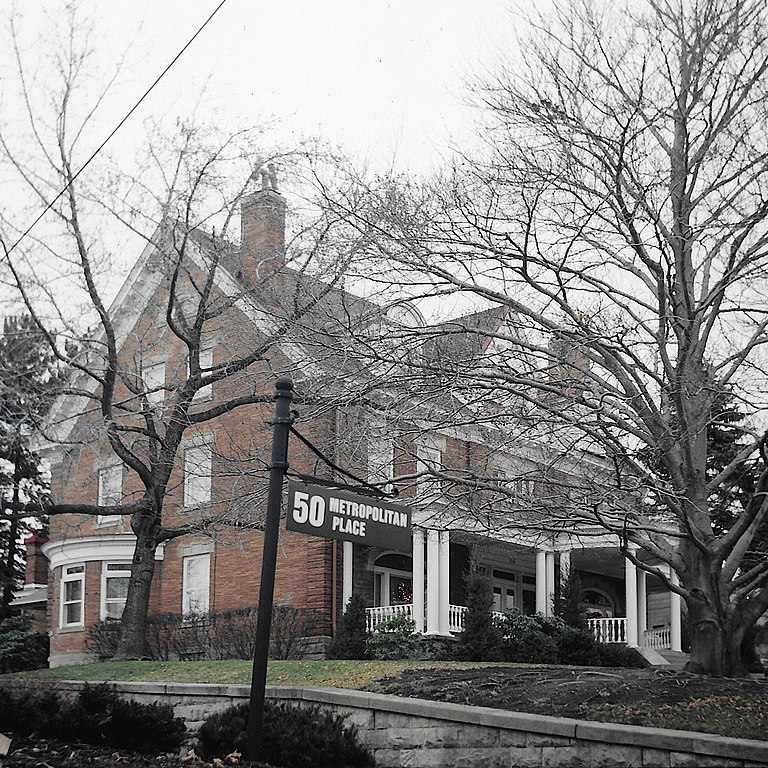
Above, one of the towers of St. Augustine’s in Lower Lawrenceville. Below, a view down 36th Street from Penn Avenue, with the startling forms of St. Augustine’s illuminated by a shaft of sunlight. These pictures were taken in 1999, back when the neighborhood was forgotten and practically invisible to most outsiders.




















